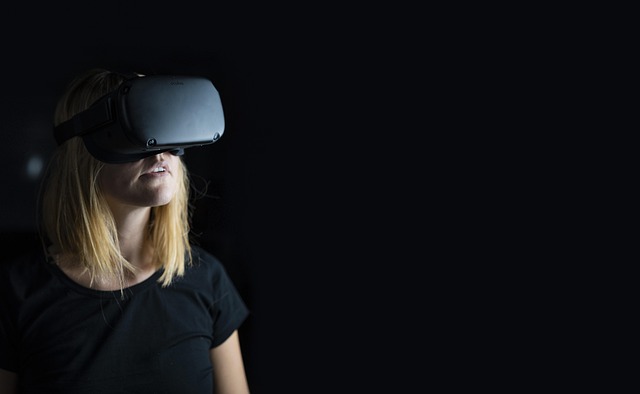Exploring the Future of Education: Immersive Learning Experiences in the Virtual Metaverse
The world of education is on the brink of a revolution, thanks to the advancements in virtual reality (VR) and augmented reality (AR). These technologies are no longer just the realms of gaming and entertainment; they are now critical tools that can transform our learning experience in VR, providing students with interactive and engaging ways to acquire knowledge and skills.
Imagine stepping into a classroom where textbooks are replaced by immersive environments, where concepts come to life around you. This is the promise of the metaverse—the union of our physical and digital worlds—where learners can explore, create, and interact in limitless virtual landscapes. The metaverse offers educational possibilities that were once merely dreams. With the push towards integrating immersive learning, we can expect to see classrooms that allow students to dissect a virtual frog, walk through ancient civilizations, or even voyage through the cosmos—all from the comfort of their homes.
The Role of Virtual Reality in Education
Virtual reality is redefining how we perceive the learning experience. In traditional education, students often struggle with abstract concepts that lack a tangible form. VR bridges this gap by providing 3D simulations of complex ideas, allowing learners to experience scenarios first-hand. For example, students studying anatomy can tour the human body in a way that’s not possible in a classroom. This experiential learning fosters deeper understanding and retention, which is essential in a world saturated with information.
Augmented Reality: Enhancing Reality, Enriching Learning
While VR immerses users in entirely simulated environments, augmented reality complements the real world by overlaying digital content. This technology can enhance field trips by providing additional layers of information about historical sites or natural landmarks. Imagine exploring the ruins of Pompeii with AR glasses that project holographic reconstructions of the ancient city in its glory. This blend of factual history with immersive storytelling ignites curiosity, engages the mind, and cements the subject matter in ways that conventional learning cannot.
The Metaverse: A New Frontier for Collaborative Learning
The metaverse transcends geographical boundaries, allowing learners from all over the globe to come together in virtual classrooms. Collaboration, a critical component of education, can flourish in these shared spaces. Students can work on projects, participate in discussions, and exchange ideas in real-time, fostering a sense of community and shared purpose that is sometimes missing in traditional learning environments. The metaverse encourages diversity in learning by providing access to resources and experiences previously unavailable to many learners.
As we delve deeper into this digital landscape, it’s clear that the fusion of virtual and augmented reality is more than just a trend; it’s paving the way for the future of education. The learning experience in VR is one that resonates with the modern student’s desire for interactive, personalized, and impactful learning. By embracing these technologies, educators can cultivate a more engaging and effective education system that prepares learners for the challenges and opportunities of tomorrow.



